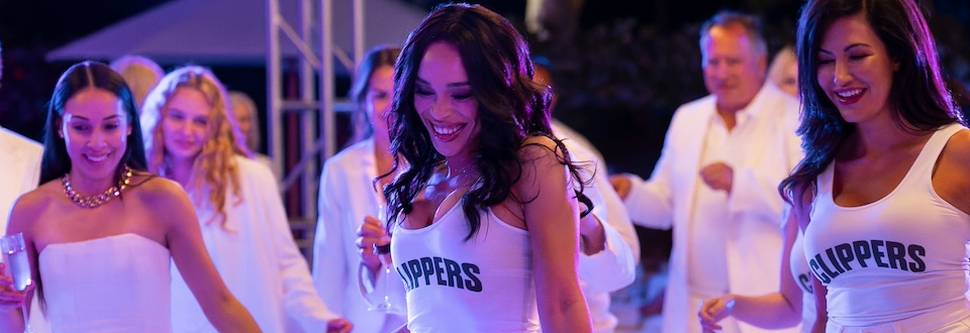
Hawk V-Lites 1.3x Anamorphics deliver 16x9
For Clipped, set in the world of professional basketball a decade ago, director of photography Bryce Fortner blended Hawk V‑Lite 1.3x Anamorphics and Hawk 2x V‑Plus zooms for a distinctive 16x9 image.
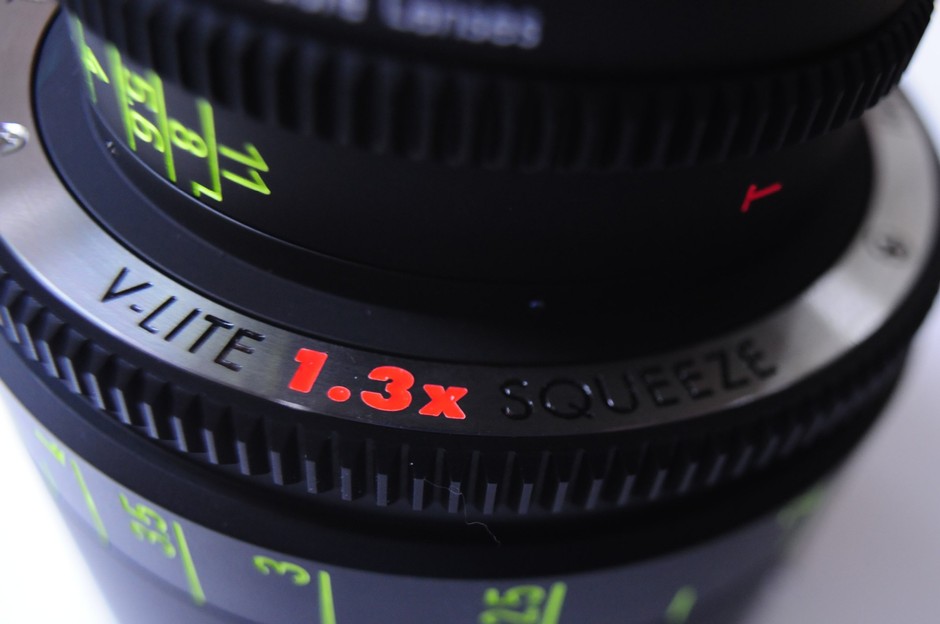
Over the course of six episodes, the FX limited series dramatizes the story of Donald Sterling, the disgraced team owner who in 2014 was ousted from the NBA after being surreptitiously recorded by his assistant making blatantly racist remarks. Fortner shot about two-thirds of the material, including the pilot, with the rest handled by Jonathan Furmanski.
Fortner is best known for shooting the first five seasons of Portlandia. With Furmanski, he oversaw thorough testing as the visual design of Clipped was being conceived. Pilot director Kevin Bray felt that the material, set in the sporting world, would be best framed in 16x9, the aspect ratio in which most viewers see pro basketball presented. Fortner and Furmanski immediately saw an opportunity to shoot a 4x3 image with a 1.3x squeeze, which delivers a final image in 16x9. That in turn led to the choice of Hawk V‑Lite 1.3x Anamorphics.
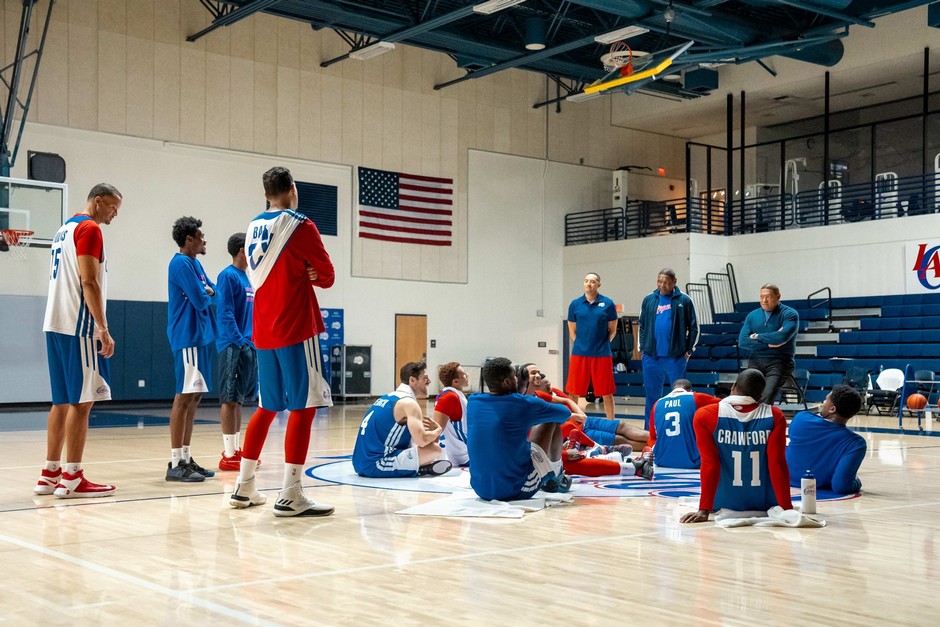
“That way, we get every bit of the lenses, all the fun stuff at the edges, instead of cropping it off at the sides,” says Fortner. “I had used 2x anamorphics many times before. But what’s cool about the 1.3x V‑Lites is their subtlety. In many ways, it’s not obvious they’re anamorphic. They have a little bokeh in the background, but to me they often feel like vintage spherical, with interesting characteristics, but none of the heartaches that come with actually shooting vintage spherical lenses. Old lenses are awesome, but they can be a nightmare, with uncontrollable flares and inconsistent aberrations.
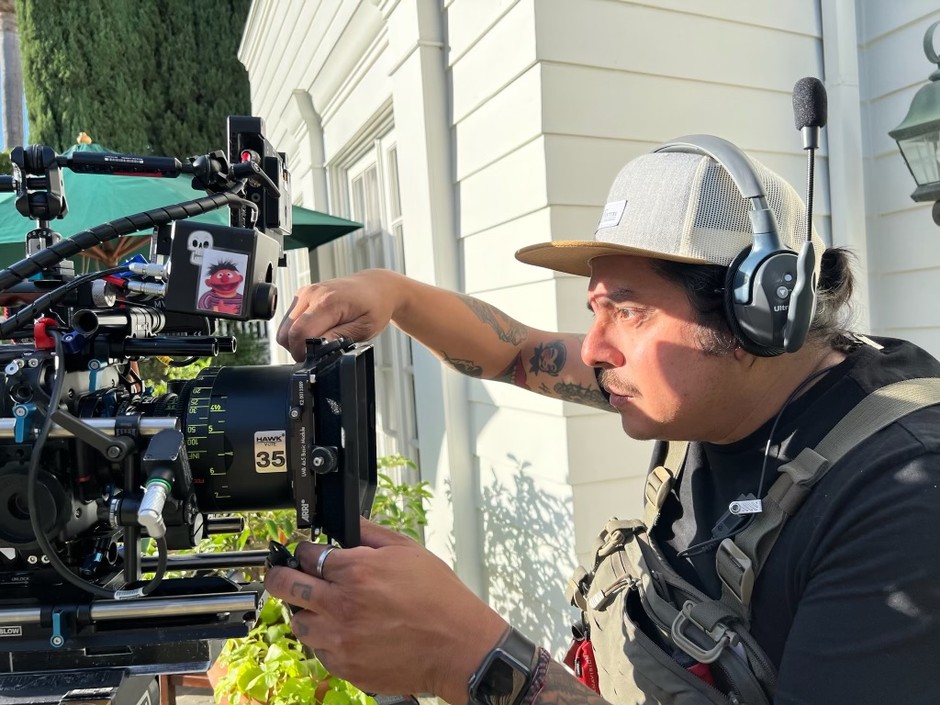
“We all really liked what the 1.3x lenses gave us, and I can’t really tell you why, except that it just felt right,” he says. “They have a look and a feel, and a beautiful, nuanced way of giving you the bokeh and the flares, but they’re not shoving it in your face. Since that shoot, I keep trying to find ways to use those lenses again, because they’re so much fun.”

The Arri Alexa Mini LF’s computing speeds combined with the taking format allowed the filmmakers to easily reshoot scenes at 60 frames per second and use speed ramping with no inefficiency – important on a tight schedule.
Fortner says that Clipped is different from Winning Time, the recent and successful dramatization of the Lakers dynasty, in that there is less basketball and more story. Like Portlandia, Clipped has a distinct absurdity, with people living lives that are clearly detached from reality.
“We wanted to make it look as real and grounded as possible, because I think that makes the absurdity a lot funnier,” he says. “Still, we didn’t want to it be dull and lifeless, so it does have strong saturation and a lot of contrast. We played with the glitz of that wealthy, NBA life.”
With a couple of exceptions, focal lengths in dialog scenes tended to the medium range to avoid overstylization. Like many cinematographers, Fortner says that portraiture is his favorite part of the job.
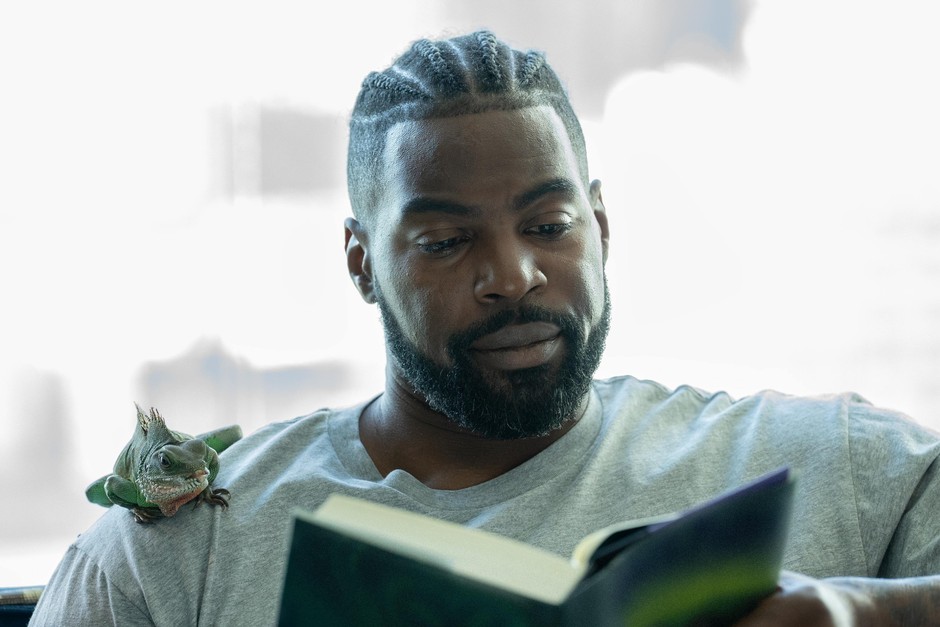
“We had so many amazing faces in the cast, and the way these lenses photograph people is amazing,” he says. “I liked picking the camera up, putting it slightly above the eyeline and a little off-axis, looking down on them slightly. Something about these lenses worked with that angle. There’s quite a bit of that in the finished show.”
The Hawk lenses and some additional gear were provided by Keslow Camera, with the assistance of Hawk Anamorphic LA, the lens boutique that serves rental houses and camera pros in North America. Two 16 mm spherical zooms were brought in for a scene that takes place further in the past. For special circumstances, three 2x Hawk V‑Plus zooms were added the full set of 1.3x Hawks, which comprises eleven focal lengths, offering greater precision and flexibility.
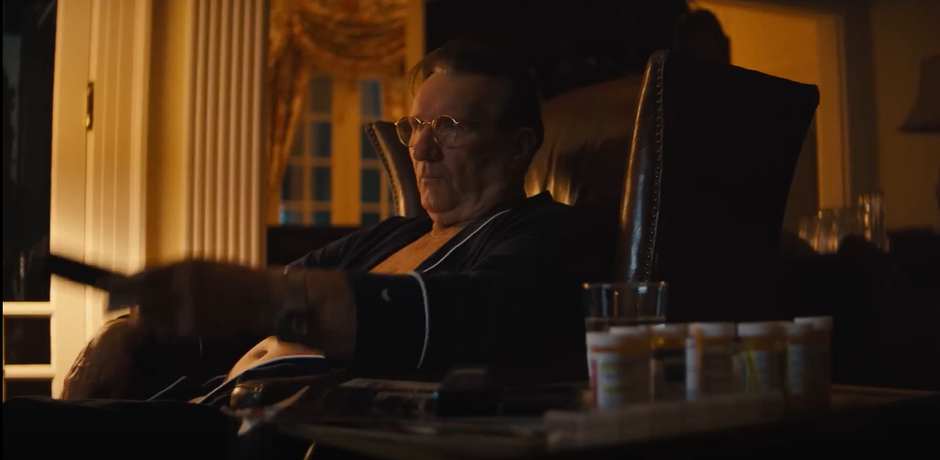
Much of the sports footage, including choreographed depiction of games, was shot with three cameras and enhanced by extensive visual effects. Zooms were used for games, but also occasionally in the narrative scenes.
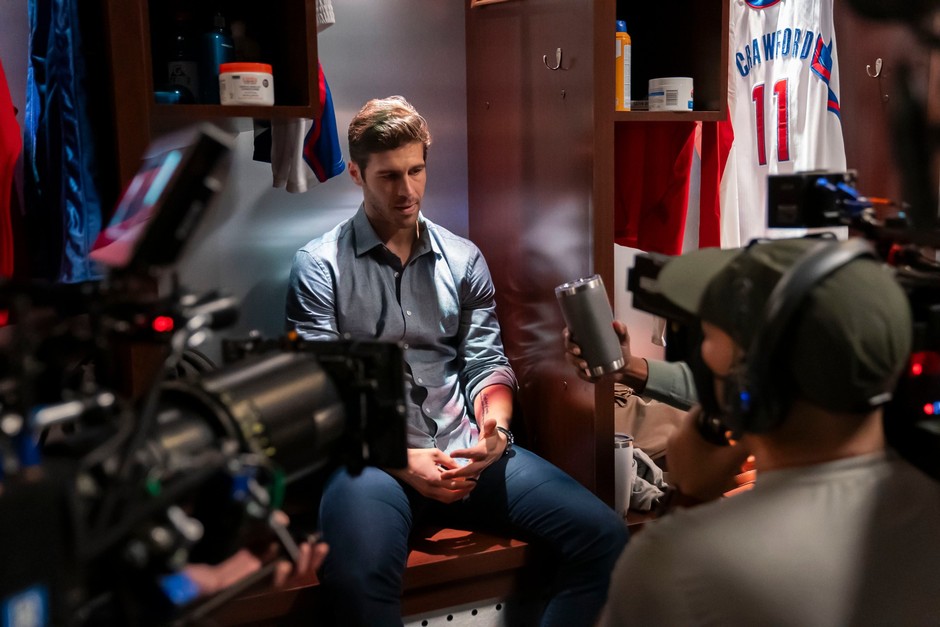
“The more we shot the zooms, the more zooming within shots became a really nice aesthetic,” says Fortner. “Kevin wanted to emphasize that paparazzi are constantly watching this world. We weren’t literally doing their POV, but we were often observational, and obscured by something in the foreground, for a different feel. The Hawks were really great for that. Many times we were shooting towards wide open, in low light or existing light, and the V‑Plus give you a certain fringing on the top and bottom. We grew to love that.
“Increasingly, I find myself embracing imperfection,” says Fortner. “As a DP, I’m more emotive and intuitive. I learned on film, and I don’t necessarily miss it, but with film, things of an unexpected nature could happen. These lenses bring some of that potential to our digital cinematography.”
Watch the trailer here.
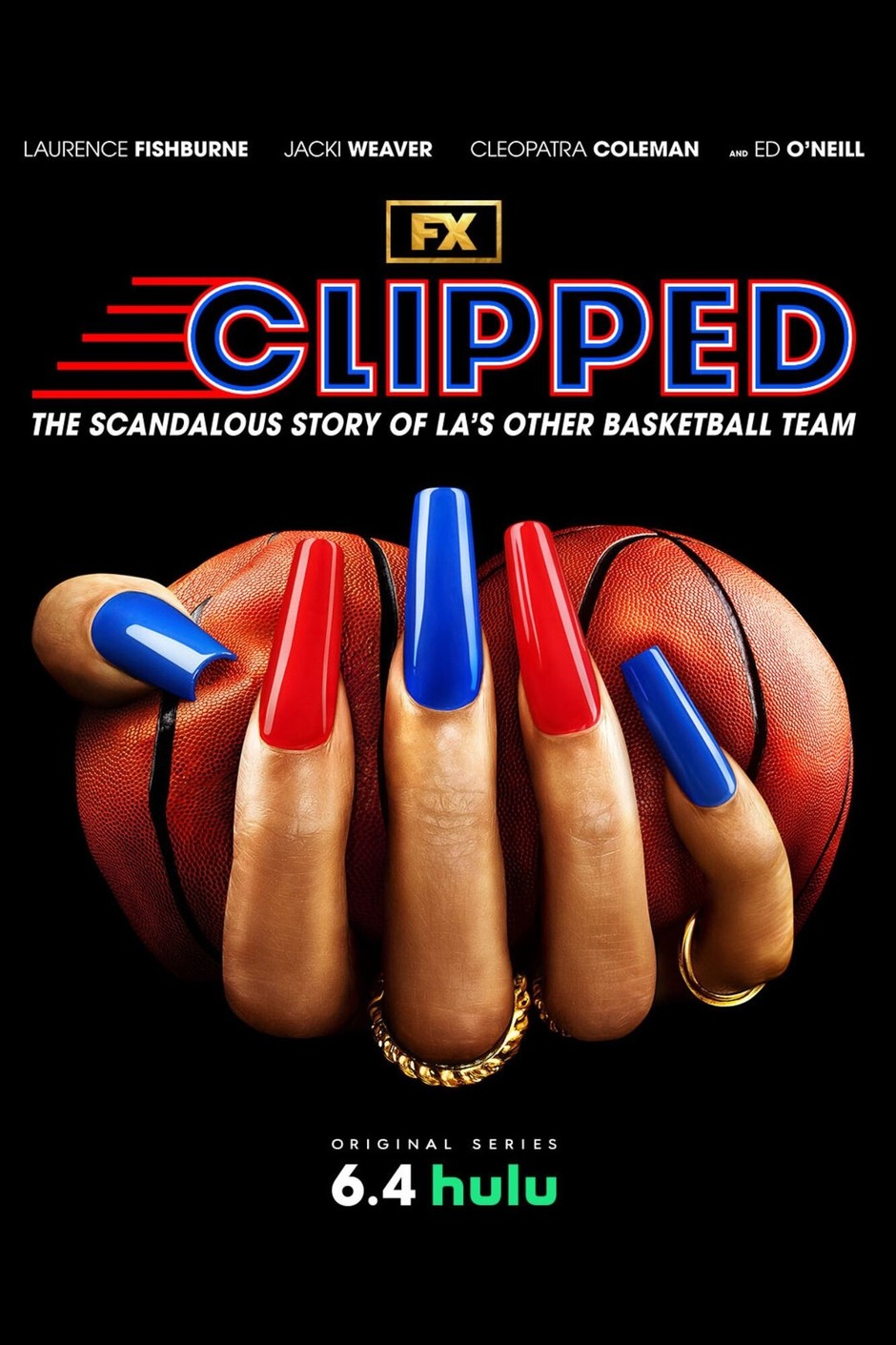
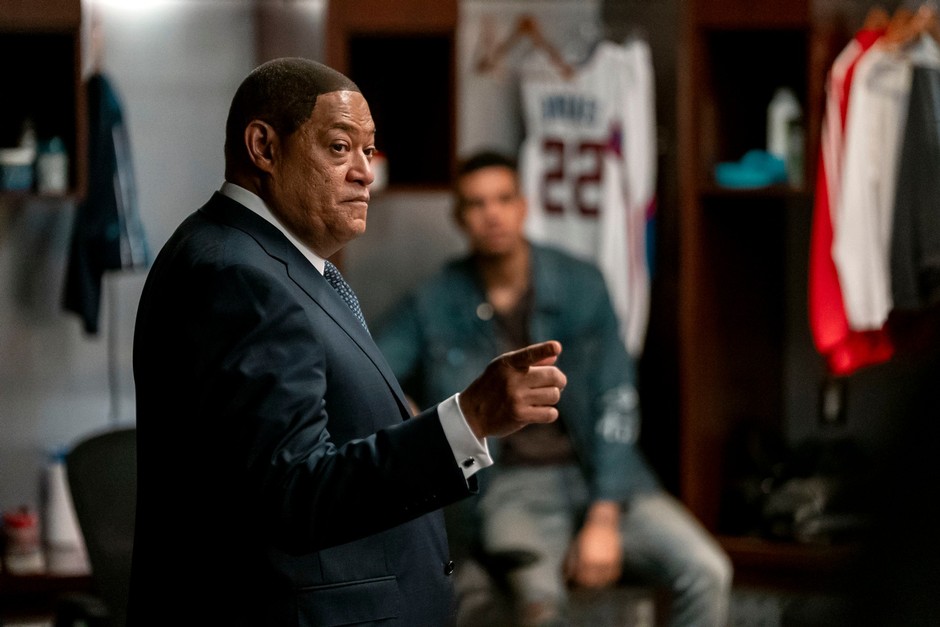
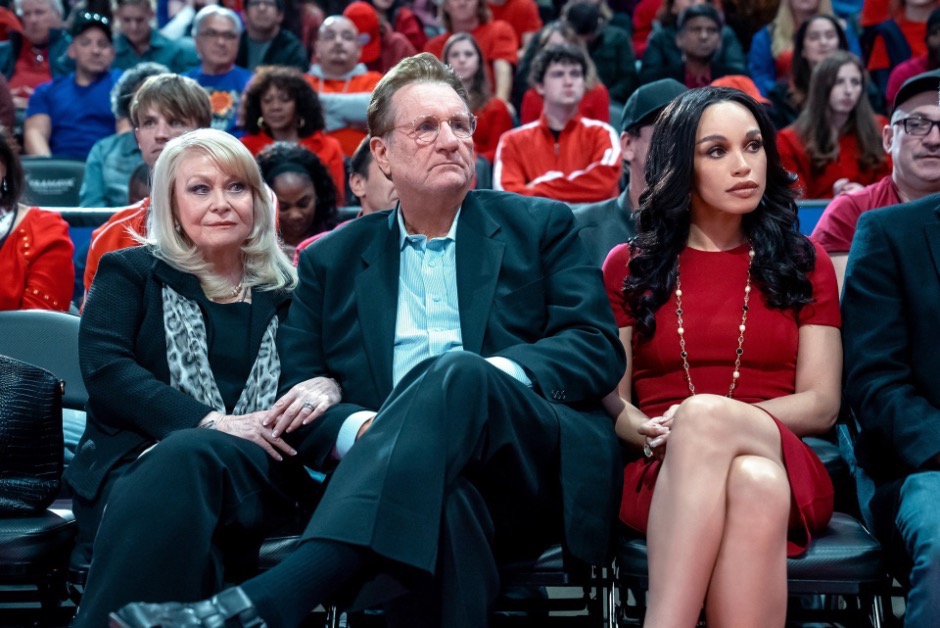
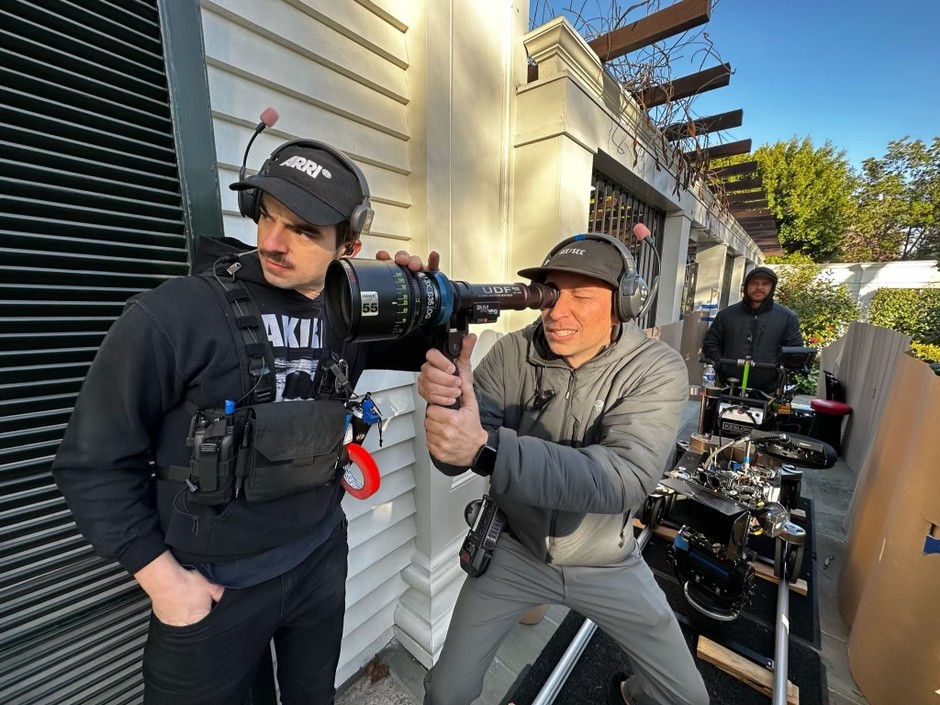
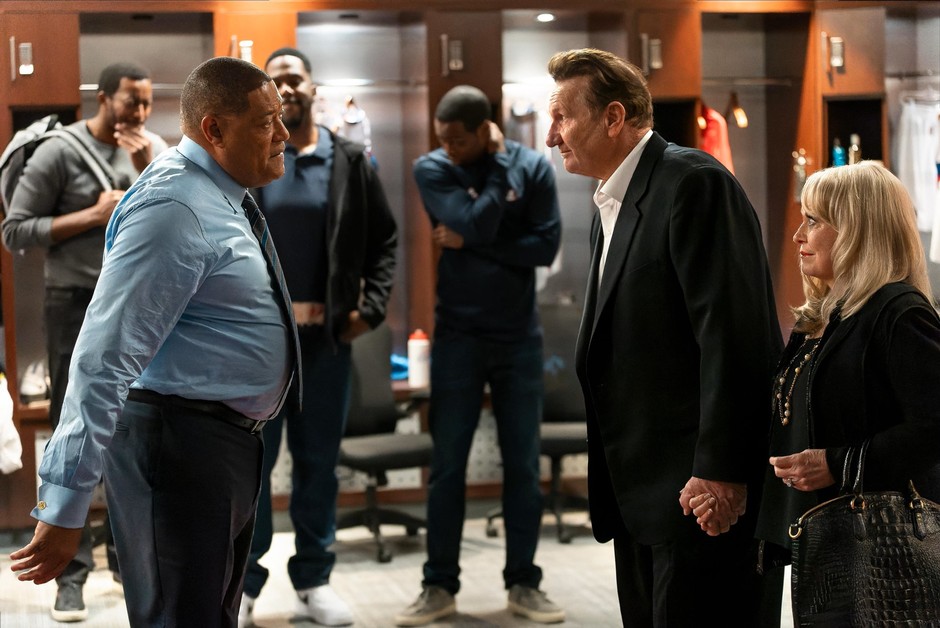
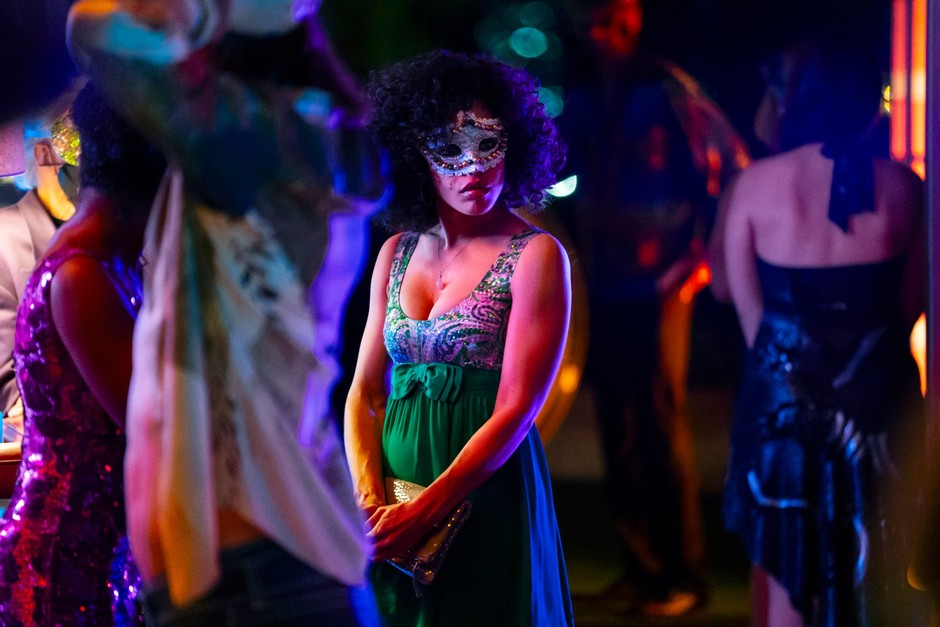
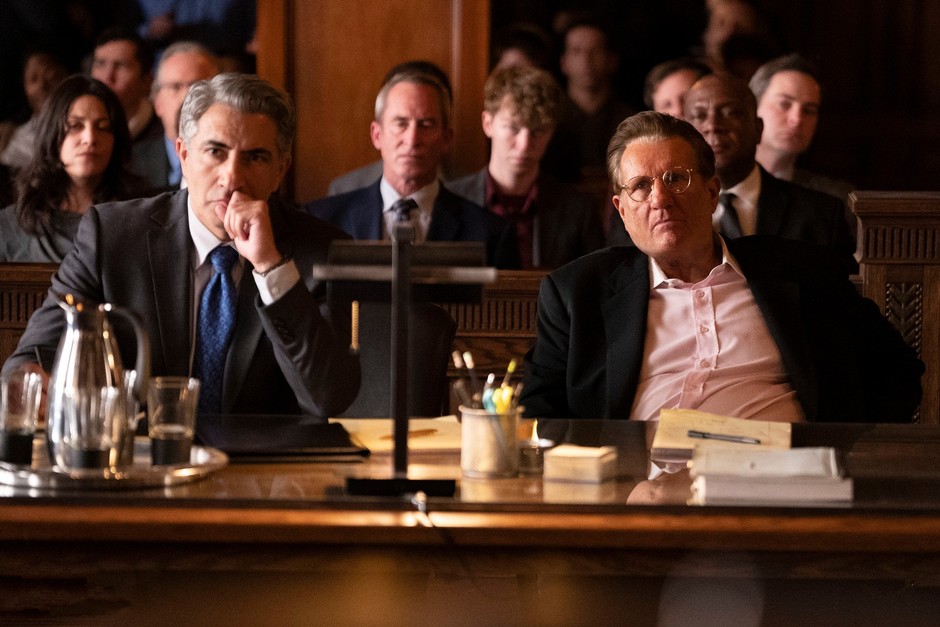
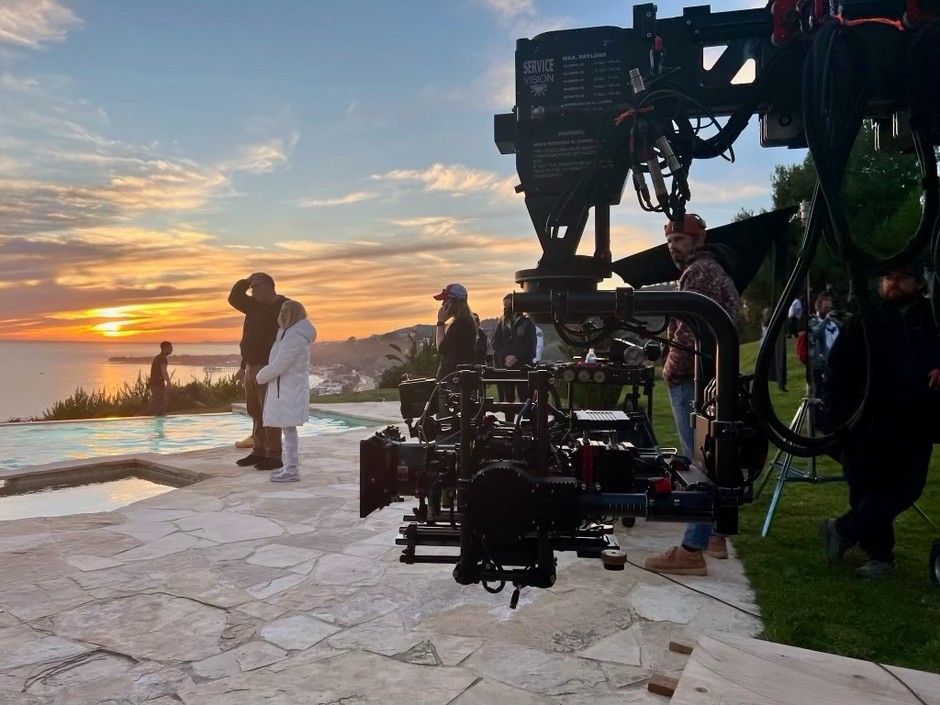
images: Kelsey McNeal/FX, IMDB